Expansion of Renewable Energy Sector
The Mounted Bearing Market is poised to benefit from the expansion of the renewable energy sector, particularly in wind and solar energy applications. As the world shifts towards sustainable energy sources, the demand for efficient and reliable components, such as mounted bearings, is expected to rise. Wind turbines, for instance, require high-performance bearings to withstand harsh environmental conditions and ensure optimal operation. The renewable energy market is anticipated to grow significantly, with investments projected to reach trillions of dollars in the coming years. This growth presents a substantial opportunity for the mounted bearing market, as manufacturers seek to provide innovative solutions that meet the rigorous demands of renewable energy applications.
Rising Demand in Industrial Automation
The Mounted Bearing Market is experiencing a notable surge in demand due to the increasing adoption of industrial automation across various sectors. As industries strive for enhanced efficiency and productivity, the integration of mounted bearings in automated systems becomes essential. According to recent data, the automation market is projected to grow at a compound annual growth rate of approximately 9% over the next five years. This growth is likely to drive the mounted bearing market, as these components are critical in reducing friction and wear in automated machinery. Furthermore, the need for reliable and durable components in high-speed applications further emphasizes the importance of mounted bearings in modern manufacturing processes.
Technological Advancements in Bearing Design
Technological advancements in bearing design are significantly influencing the Mounted Bearing Market. Innovations such as improved materials, enhanced lubrication systems, and advanced manufacturing techniques are leading to the development of high-performance mounted bearings. These advancements not only increase the lifespan and reliability of bearings but also reduce maintenance costs for end-users. The market for high-performance bearings is expected to grow, with estimates suggesting a rise in demand by over 15% in the next few years. As industries increasingly prioritize efficiency and cost-effectiveness, the adoption of technologically advanced mounted bearings is likely to become a key driver in the market.
Increasing Focus on Maintenance-Free Solutions
The Mounted Bearing Market is witnessing a shift towards maintenance-free solutions, driven by the need for reduced downtime and operational efficiency. Industries are increasingly seeking bearings that require minimal maintenance, which can lead to significant cost savings and improved productivity. The trend towards sealed and lubricated mounted bearings is gaining traction, as these products offer extended service life and reliability. Market data indicates that the demand for maintenance-free bearings is expected to grow by approximately 10% over the next few years. This shift not only reflects changing consumer preferences but also highlights the importance of innovation in the mounted bearing market to meet evolving industry needs.
Growth in Automotive and Transportation Sectors
The Mounted Bearing Market is significantly influenced by the growth in the automotive and transportation sectors. As vehicle manufacturers strive for enhanced performance and fuel efficiency, the demand for high-quality mounted bearings is on the rise. Bearings play a crucial role in various automotive applications, including engines, transmissions, and wheel assemblies. The automotive industry is projected to witness a steady growth rate of around 4% annually, which will likely bolster the mounted bearing market. Additionally, the increasing trend towards electric vehicles, which require specialized bearings for their unique designs, further emphasizes the potential for growth in this segment.


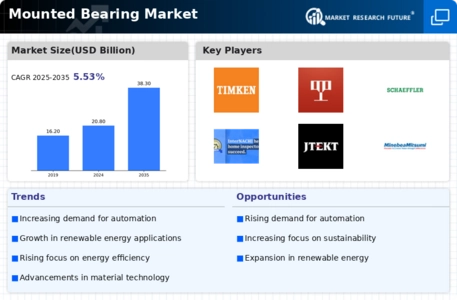
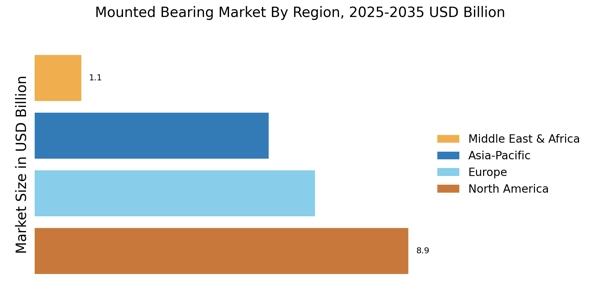
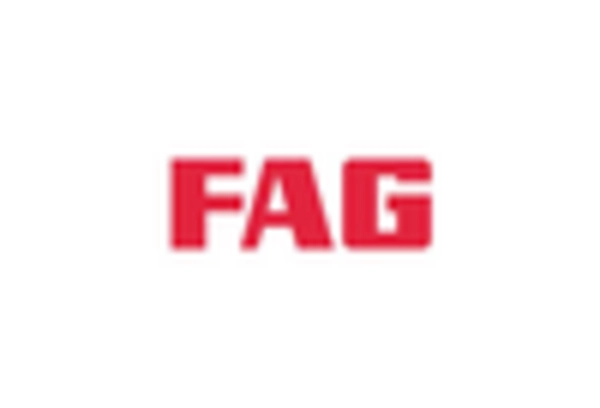

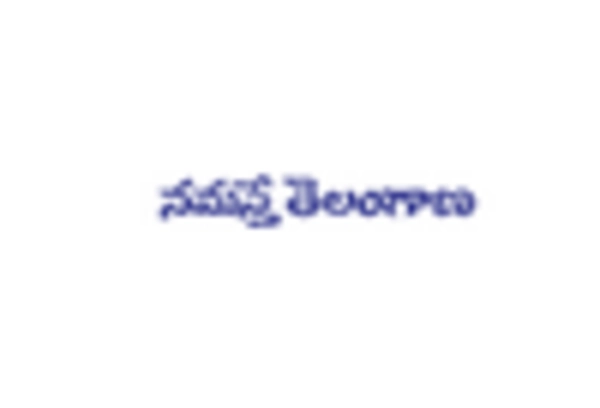
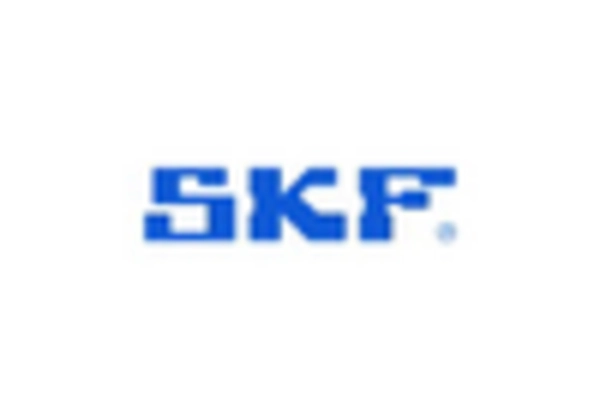
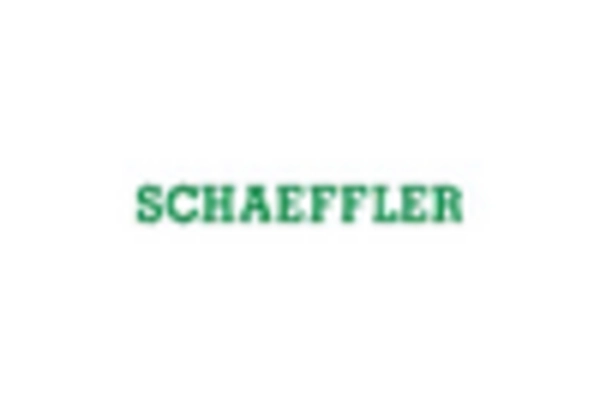
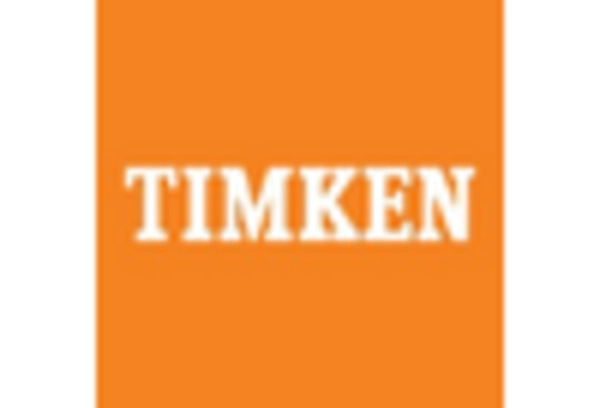








Leave a Comment